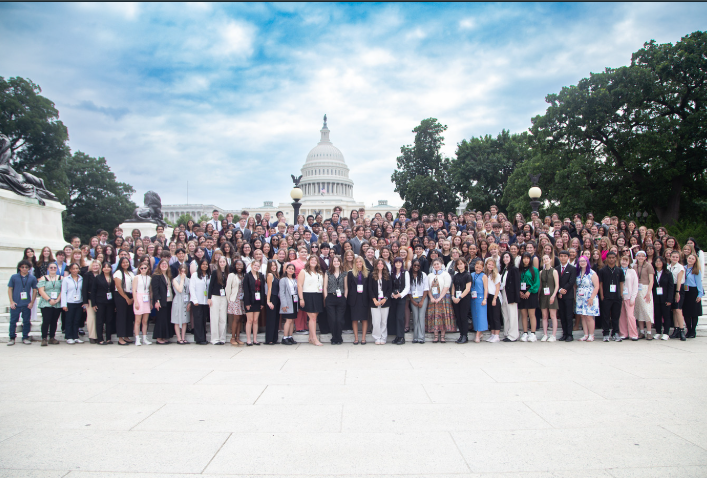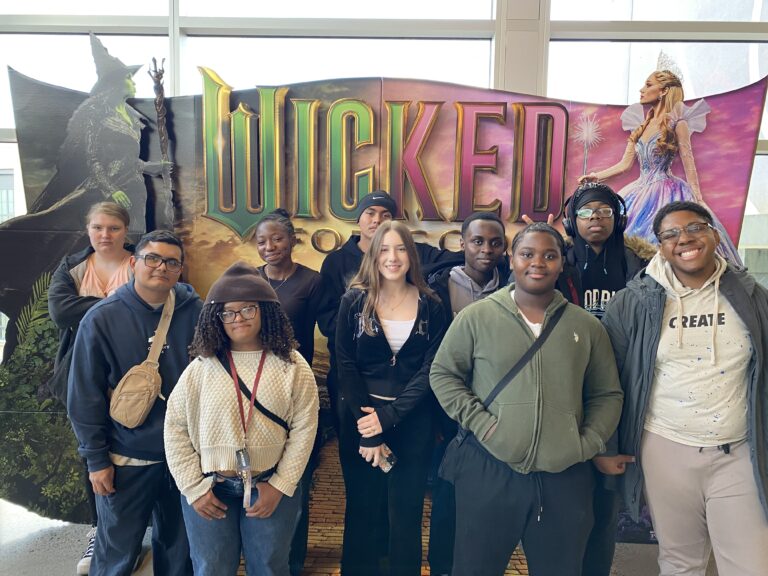By CANDELA DIAZ
Naegleria fowleri, known as the “brain-eating amoeba,” is a protist commonly found in water sources such as lakes, rivers and ponds. This amoeba attacks the nervous system and brain, causing life-threatening diseases such as primary amoebic meningoencephalitis, which has a fatality rate of over 99%. It comes in three different forms: a cyst, a trophozoite and a flagellate.
Australia, 1965. Physicians M. Fowler and R. F. Carter described human diseases caused by amebo-flagellates that later helped confirm more than 144 cases around the globe. The disease was first given its name by Fowler to distinguish it from other rare diseases. The first case of PAM was believed to have happened in Britain in 1909.
When this amoeba is at the cyst stage, cold temperatures, waste accumulation and food deprivation are some factors that lead to its development. While at the trophozoite stage, they have a nucleus surrounded by a halo that characterizes them. Their way of traveling is by pseudopodia, which is filled with granular cytoplasm. It is formed at different points along the cell, allowing it to change directions. The flagellate stage occurs when trophozites are exposed to change in what is called an “ionic concentration.” An example of it is placement is distilled water.
After five days of exposure to the disease, the infected individual will start to experience symptoms such as changes in taste and smell, fevers, nausea, vomiting, stiff neck, and headaches. Secondary symptoms include confusion, hallucinations, lack of attention, ataxia (lack of coordination of muscle movements), and seizures. This disease grows rapidly over the course of three to seven days after the start of symptoms. Death can occur from day seven to day fourteen after exposure.
This amoeba enters the body through the nose and attacks the central nervous system, climbing along nerve fibers into the brain. It begins consuming brain cells, and eventually causing primary amoebic meningoencephalitis. It usually occurs in healthy children or young adults that have been recently exposed to warm bodies of water. This infection has killed 121 people in the United States since 1937.
One of the treatments against this disease is Amphotericin B, that treats parasitic protozoan infections. The most successful substance, however, seemed to be chlorpromazine, which is considered a low-potential typical antipsychotic, with more side effect than high-potency antipsychotics.
Although this disease cannot be passed on to another person, and it does not happen very often, naegleria fowleri has killed many people around the world. Out of all the cases of naegleria fowleri found in the United States, 60% of those infected were children under the age of 13, and about 80% of the cases are in males.
Many people wonder how they can prevent themselves from becoming infected with this disease. Swimming in lakes and rivers is fine, but nose clips should be worn. Avoid stirring up mud when swimming, and when cleansing nostrils be sure to use water that has been boiled for one minute rather than tap water. People should always be careful and make sure to take care of their own bodies. Naegleria fowleri might not be a common infection, but there is always a chance you might catch something without even knowing it.






